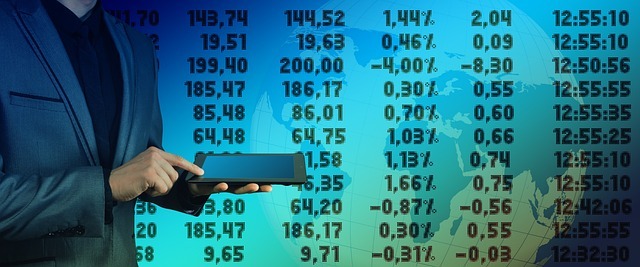Introduction to PIPS
The unit of measurement used by forex traders to describe the slightest change in value between two currencies is called a “PIP,” which stands for Point in Percentage. In a normal forex quotation, this is indicated as a change of one digit in the fourth decimal place.
For example, if the price of EUR/USD changes from 1.1402 to 1.1403, this would be a one pip or ‘point’ shift.

Example of a pip purchasing EUR/USD using the quotation

However, not all currency rates are shown in this manner; a noteworthy example is the Japanese Yen. Continue reading for additional information on pip use in forex trading, including examples from a few key currency pairings.
HOW DO I DETERMINE THE VALUE OF A PIP?
One pip (0.0001) is multiplied by the appropriate lot/contract size to get the pip value. This involves 100,000 units of the basic currency for normal lots and 10,000 units for micro lots. For example, looking at EUR/USD, a one pip movement in a normal contract is equivalent to $10 (0.0001 x 100 000). (0.0001 x 100 000).
Knowing how much one pip is worth allows forex traders to assign a monetary value to their take profit goals and stop loss levels. Traders may predict how the value of their trading account (equity) will change when the currency market changes rather than just analyzing fluctuations in pips.
It’s crucial to remember that one pip will have a varied value for various currency combinations. This is because one pip’s value is always expressed in the quotation or variable currency, which varies while trading multiple currency pairings. The value of one pip will be shown in USD when trading EUR/USD and in JPY when trading GBP/JPY.
Calculating the value of a pip: An example using EUR/USD pip values.
Because each currency has a unique relative value, it is required to determine how much a pip is worth for each currency combination.
Remember that you can only exchange certain sums of currency when you trade forex. The following table lists the parameters of the standard and micro contracts that the majority of brokers offer:
| TYPE OF CONTRACT | CONTRACT SIZE (NO. OF UNITS OF THE BASE CURRENCY) |
|---|---|
| Standard Lot | 100 000 |
| Mini Lot | 10 000 |
The following formula is used to determine the value of one pip for the EUR/USD standard contract:
Contract Size x One Pip = Pip Value
Pip Value: 100000 × 0.0001
Pip Value is $10
For every pip that moves in your favor, you make $10, and for every pip that moves against you, you lose $10. By the same reasoning, a micro contract’s one pip movement corresponds to a $1 gain or loss (10,000 x 0.0001).
You may want to do some practice calculations to help you comprehend pips and pip calculations even further.
CONVERSIONS OF PIP VALUE
Now, you would need to convert that $1 (the value of a pip for a 10k EUR/USD lot) into Great British Pounds (GBP) if your account is based in GBP. To do this, divide the $1 by the GBP/USD exchange rate in effect at the time of writing, which is 1.2863. My answer should be less than 1, as a Pound is worth more than a US dollar. 1 divided by 1.2863 is equal to 0.7774 Pounds. You now know that if you trade 10k lots of EUR/USD and make or lose one pip, your account will be based in pounds, and you will make or lose 0.7774 pounds.
THE EXCEPTION – PIPS FOR USD/JPY
Traders should know that a pip is now the second decimal rather than the fourth when trading major currencies versus the Japanese Yen. This is due to the Japanese Yen’s much lower value than the world’s leading currencies.
If you look at the USD/JPY quotation below, the ask (buy) price for 1 USD might go as high as 107.99 Yen.

A pip movement (the value of one pip) while trading the micro contracts (10k) and regular contracts (100k) in Japanese Yen will be JPY100 and JPY1000, respectively.

